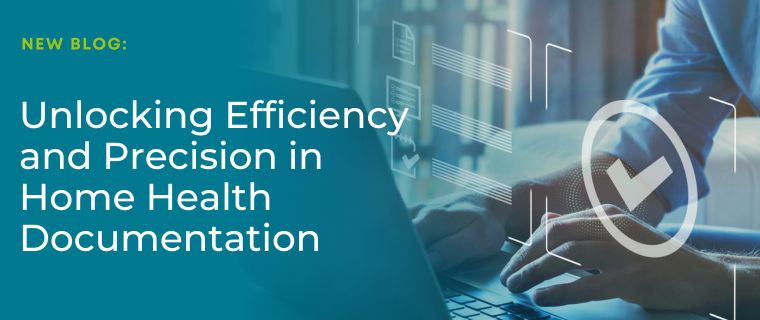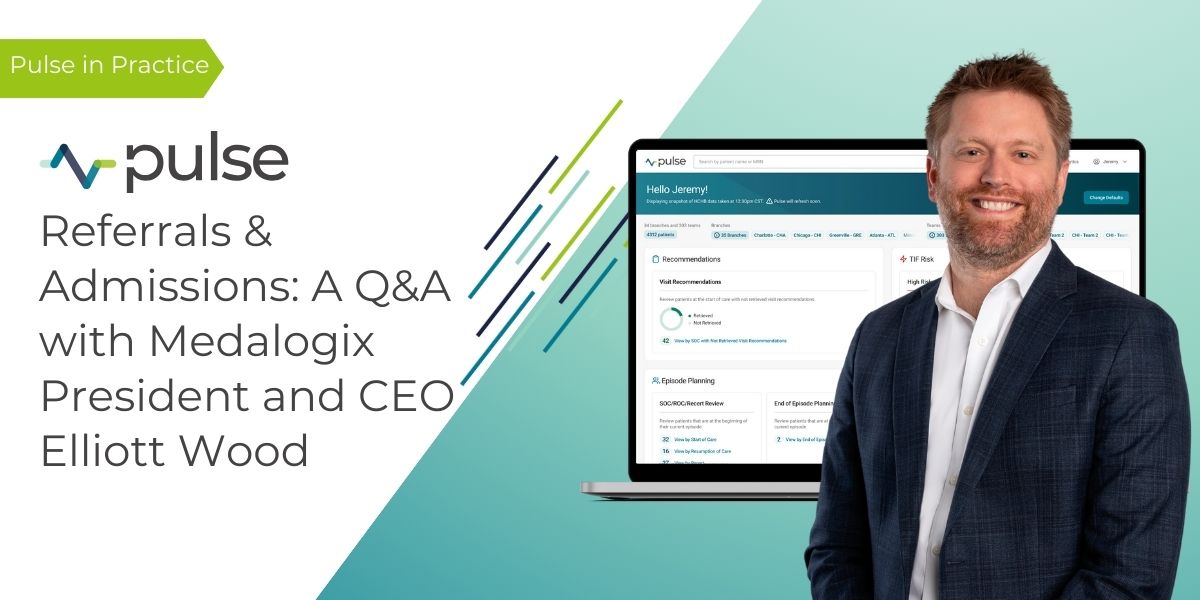What You Need To Know About Home Health Value Based Payments Now
In July, CMS proposed the Home Health Value Based Purchasing program (HHVBP). It’s all laid out in thisnot-so-handy 250-page document.
Since you’re busy caring for your patients, we thought we’d go through the proposed rule and retrieve the information you need.The final ruling will come down the pipeline this November, but in the meantime, we wanted to give you a glance at what this could mean for you, your agency and your patients. In a nutshell, the HHVBP program requires home health agencies to compete for payment adjustments to current reimbursements based on quality performance. The program would affect all Medicare patients at all Medicare-certified home health agencies.
How much of a payment adjustment are we talking about?
If the proposed rule passes without payment adjustment changes, agencies in the selected states could be looking at penalties and incentives of 5 percent that would increase to 8 percent over the five year period. If an agency is expecting $20 million in revenue, a 5 percent penalty would cost an agency $1 million.
Who would initially participate?
Nine states have been randomly selected to kickoff the program.
Participants will be measured against themselves (baseline year is 2015) and their peers (volume by state) for five years, starting January 1, 2016. Agencies will have a calculated Total Performance Score that determines their payment adjustment.
How is a home health agency’s Total Performance Score calculated?
Here is where it gets hairy. Agencies’ scores are calculated through a formula that takes achievement and improvement points into consideration against baselines and benchmarks. In essence, your total performance score is calculated from quality measures that are primarily determined by your outcome and process measures.
Here are some examples of outcome measures and process measures. These could change in the final ruling:
What exactly does this mean for patients?
Here are some examples to help explain how each patient individually impacts an agency’s total performance score through outcome measures. Keep in mind, all outcome measures measure improvement.
Janey’s HHA stay started with her being chairfast, unable to ambulate and unable to wheel herself. It ended with her being discharged from the agency and now she’s able to wheel herself. Jane also didn’t go to the ER or Hospital and also achieved positive results with the two utilization outcomes. Janey’s stay is ideal for an agency because she achieved positive outcomes.
Eric’s HHA stay started with him being bedfast and in a non- responsive state. It ended with Eric being chairfast. But becauseEric was non-responsive at the Start of Care he is excluded from the measure. Eric’s stay doesn’t impact an agency’s total performance score unless he readmits to the hospital or skilled nursing facility.
responsive state. It ended with Eric being chairfast. But becauseEric was non-responsive at the Start of Care he is excluded from the measure. Eric’s stay doesn’t impact an agency’s total performance score unless he readmits to the hospital or skilled nursing facility.
Sam resumed his HHA stay after a short hospital visit. Sam was discharged by the agency and his ability to bathe only showed stabilization, meaning it didn’t get worse but it also didn’t improve. Thus, Sam didn’t achieve the improvement in bathing outcome. This actually hurt the agency’s total performance score in a small way.
Miller started her HHA stay with her not being able to bathe independently, but she transferred to a hospital before she was discharged from the agency. So, Miller is not applicable for showing improvement in bathing because the episode ended with a Transfer to an Inpatient Facility. However, the agency received two negative marks because Miller went to the ER and also had an acute care stay. This hurt the agency because she visited the acute setting. The agency will have a second chance to show improvement with Miller when she resumes care.
independently, but she transferred to a hospital before she was discharged from the agency. So, Miller is not applicable for showing improvement in bathing because the episode ended with a Transfer to an Inpatient Facility. However, the agency received two negative marks because Miller went to the ER and also had an acute care stay. This hurt the agency because she visited the acute setting. The agency will have a second chance to show improvement with Miller when she resumes care.
What should you do to prepare?
Whether this exact rule moves forward or not, we in home health should all expect and prepare for alterations to payment structures. In a value-based payment world, care providers must understand and manage patient risk better than ever before.Analyticscan help with that as it adds an additional layer of insight to a caregiver’s decisions.
Related Blogs

Medalogix Muse and the Proposed Regulatory Changes for FY 2025
Steven Shelton, MBA, MSN, RN, CHPN; Director, Clinical Services In th...

Unlocking Efficiency and Precision in Home Health Documentation
Home health teams operate in diverse and uncontrolled settings, ranging ...

Pulse Referrals & Admissions: A Q&A with Medalogix President and CEO Elliott Wood
With our new Referrals & Admissions module now available for purchas...


